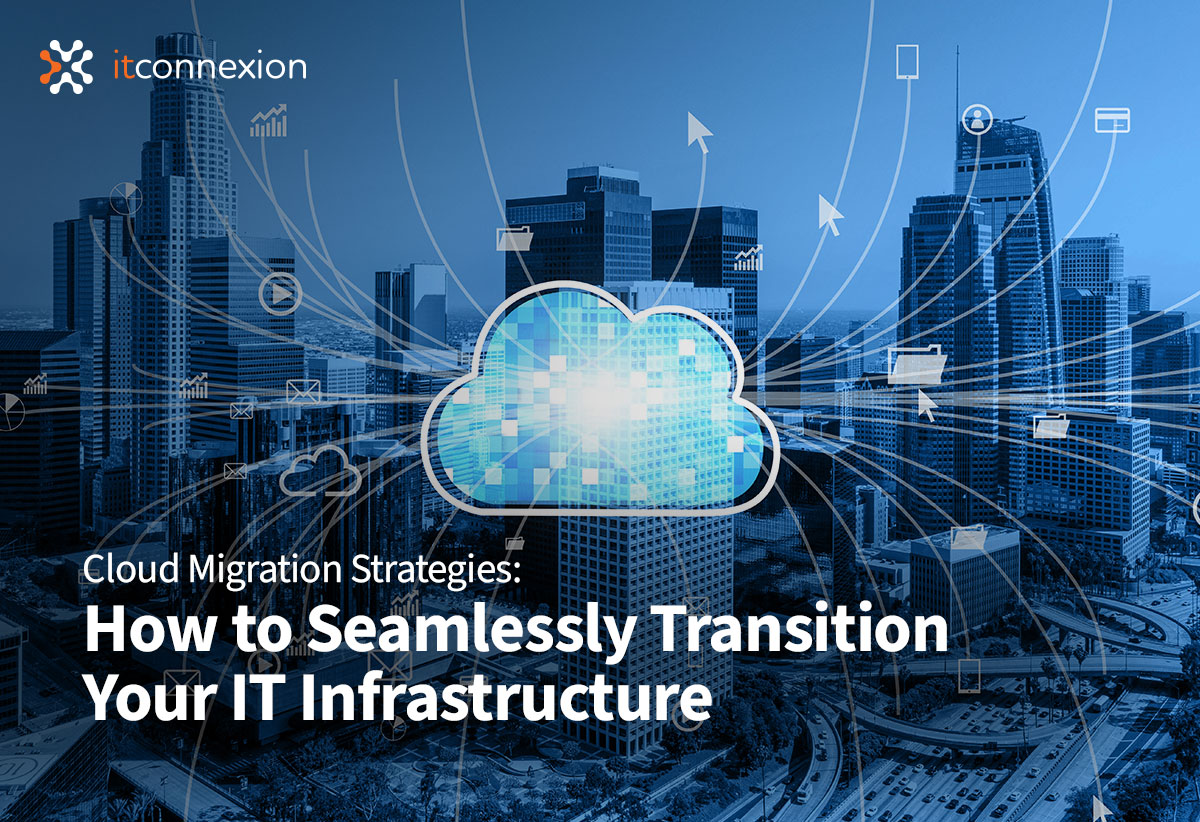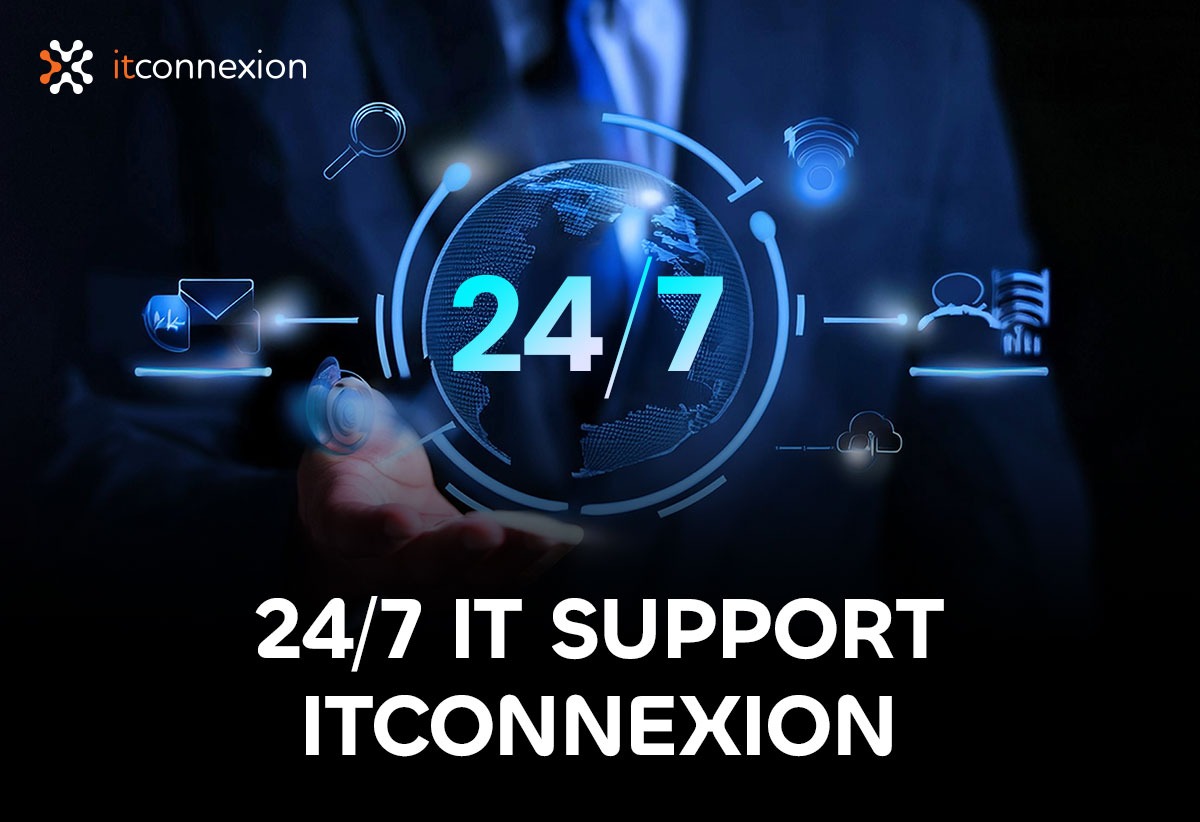In today’s rapidly evolving technological landscape, businesses are increasingly recognising the benefits of migrating their IT infrastructure to the cloud. Cloud migration offers enhanced flexibility, scalability, cost-efficiency, and accessibility, enabling organisations to focus on innovation and growth. However, the journey to the cloud requires careful planning and execution. In this article, we’ll delve into effective cloud migration strategies to help you navigate this transformative process with confidence.
Understanding Cloud Migration
Cloud migration involves moving your organisation’s data, applications, and processes from on-premises hardware to cloud-based infrastructure. This transition can take several forms, each with its unique benefits and challenges. Choosing the right migration strategy is crucial for achieving a seamless and successful transition.- Assess Your Current State Before embarking on a cloud migration, conduct a thorough assessment of your existing IT infrastructure. Understand your current workloads, applications, and dependencies. Identify which systems are suitable for migration and which might require modification.
- Choose the Right Cloud Model Select the appropriate cloud model for your needs: public, private, or hybrid. Public clouds offer scalability and cost savings, private clouds provide enhanced security and control, while hybrid clouds combine the best of both worlds. Your choice should align with your organisation’s goals and requirements.
- Select a Migration Strategy Different workloads require different migration strategies:
- Lift and Shift (Rehosting): Move applications and data as-is to the cloud. It’s quick but might not fully leverage cloud capabilities.
- Refactoring (Re-architecting): Optimise applications for the cloud, making use of cloud-native features.
- Replatforming: Make minimal changes to applications for compatibility with the cloud platform.
- Repurchasing: Replace existing applications with cloud-based alternatives.
- Retire: Eliminate applications or components that are no longer necessary.
- Retain: Keep some applications on-premises due to specific requirements.
- Plan for Data Migration Data is at the heart of any organisation. Plan how you’ll migrate your data securely and efficiently. Determine whether a direct migration or a phased approach is best for your situation.
- Ensure Security and Compliance Security should be a top priority throughout the migration process. Implement strong encryption, access controls, and compliance measures to protect sensitive data and ensure regulatory adherence.
- Test and Validate Perform thorough testing in a controlled environment before migrating critical workloads. This minimises the risk of disruptions and helps identify any issues that might arise during migration.
- Train Your Team Provide training to your IT team to familiarise them with the cloud environment. Cloud platforms offer unique tools and features that require a different skill set than traditional on-premises systems.
- Monitor and Optimise After migration, continuously monitor your cloud environment for performance, security, and cost efficiency. Optimise resource allocation to ensure you’re getting the most value from your cloud investment.
- Have a Contingency Plan Even with careful planning, unexpected challenges can arise. Have a well-defined contingency plan to address any issues that might occur during migration.
- Seek Expert Assistance Cloud migration can be complex, and seeking assistance from experienced cloud migration experts can streamline the process and minimise risks. Managed Service Providers (MSPs) often have the expertise to guide you through every step of the journey.





